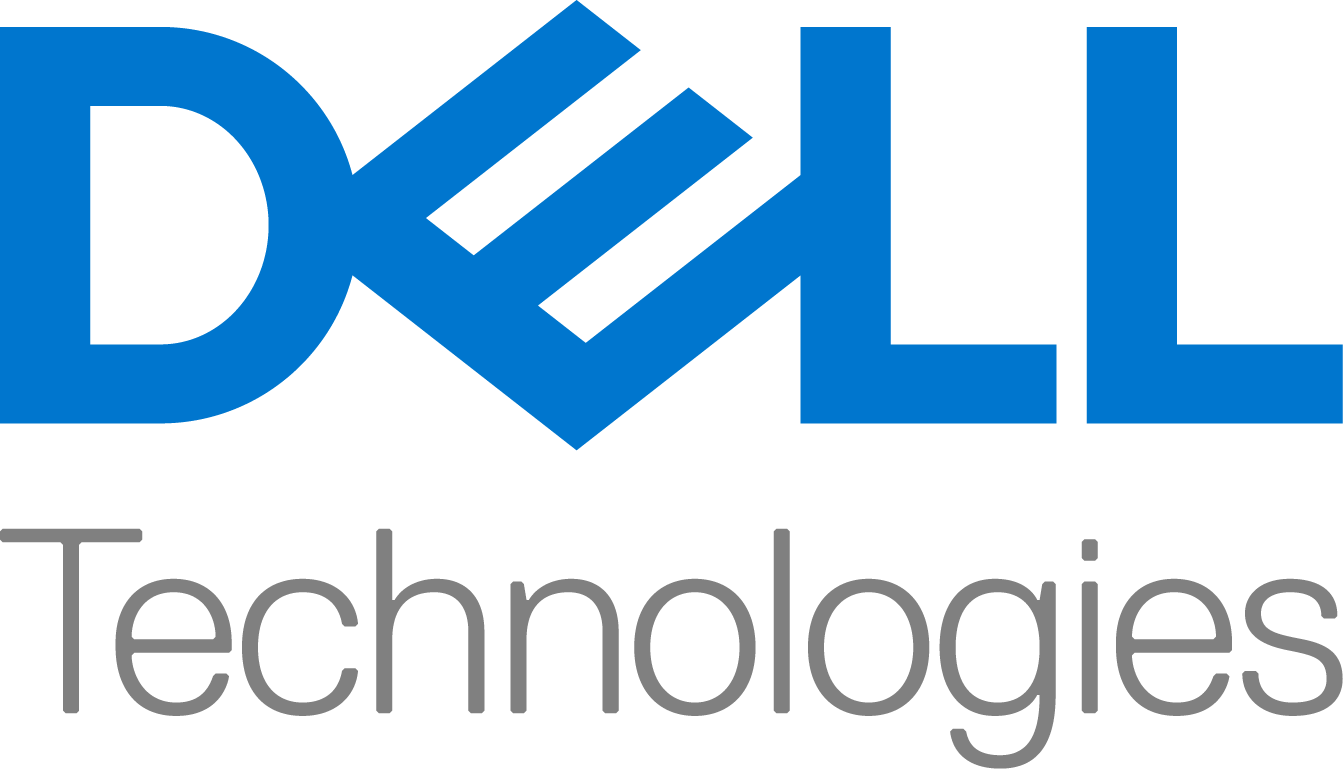

This content was written by Dell Technologies
In most cases, finance will be required to help manage this. This might be to buy the materials needed to deliver on orders, take on additional staff, finance new business vehicles, invest in an upgrade in technical infrastructure – including servers, networking technologies and data storage – or even fund new or expanded premises.
Here are eight types of finance you might consider. Each one has pros and cons, and will be more appropriate for different circumstances.
1. Organic growth
This is often the preferred route for firms that are content to grow slowly. It involves investing profits back into the business, and using these to take on more staff, fund bigger orders and improve infrastructure. There is no debt attached to this method of finance, but it can make for slow progress and is dependent on the business performing well.
2. Friends and family
Often used as a means of getting a business off the ground, it’s possible this could also be used to expand. But it means finding people who are prepared to lend the money, and you’ll need to be confident you can repay them. It’s probably best to find other routes if you’re looking for large sums.
3. Credit facilities
Some investments can be paid for directly using credit. This means you’ll be able to access what you need now, and repay it over a period of time, hopefully out of the proceeds of the investment. Dell Technologies Financial Services, for example, allows you to spread the cost of IT equipment, which can help get you up and running with the infrastructure you will need to meet the demands of more employees and customers.
4. Bank finance
This could involve taking out a loan or borrowing money on a credit card. Some credit cards will have a period of zero per cent interest, so this could be an option if you’re confident that you can repay the money in a short space of time. A loan can allow you to borrow large sums but will require regular repayments and attract interest, which can be significant. Some banks can also be reluctant to lend to smaller businesses. FSB members can access a wide range of trusted business lenders through FSB Funding Platform, to help find the solution that’s right for you.
5. Property finance
One way to raise money could be to take out a mortgage against a property you already own, or to remortgage it. This can provide you with a significant amount of money which can be repaid over a period of time. Again, FSB Funding Platform can help you find the right commercial mortgage.
6. Crowdfunding
This essentially means getting lots of like-minded people or customers to give money to help fund a particular project. Typically this will be either in exchange for early access to products – perhaps new or innovative technology – or small equity stakes. It has the advantage that you will not need to pay back the money or even any interest, but you will normally need to raise all the money you’re looking for or none. The downsides are that you potentially have large numbers of small investors to keep in touch with, and it can make it harder to sell a business further down the line.
7. Angel investment
Here, you’ll sell a stake in your business to an investor, or business angel, in a similar manner to the model used on the television show Dragons’ Den. One advantage of this is that you’ll also gain from their experience and expertise, particularly if you’re in a sector with which they’re familiar, and they may also have vital contacts. The downside is that you’ll often have to part with a sizeable chunk of equity, and it’s likely that the business angel will want to sell their stake – perhaps back to you – in the medium term.
8. Venture capital
This will see a venture capital company invest in your business, probably buying a minority stake in it. It’s likely that the investor will require a place on the board, either as a full member or in an advisory capacity, and will expect a significant say in strategy. They will be looking to exit after a number of years, having overseen a period of rapid growth. It’s usually only suited for businesses that are already at a certain stage, so won’t be suitable for everyone.


